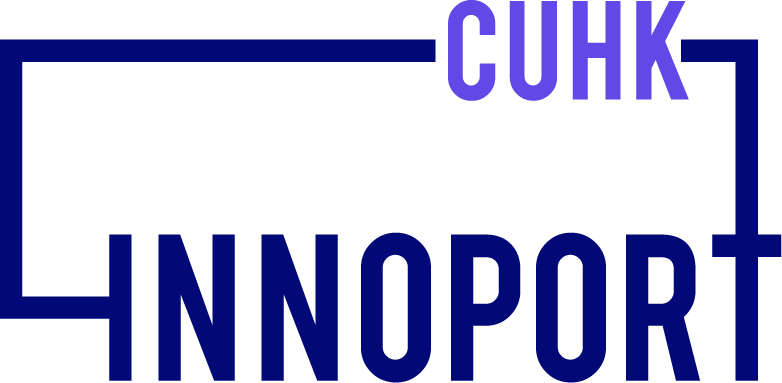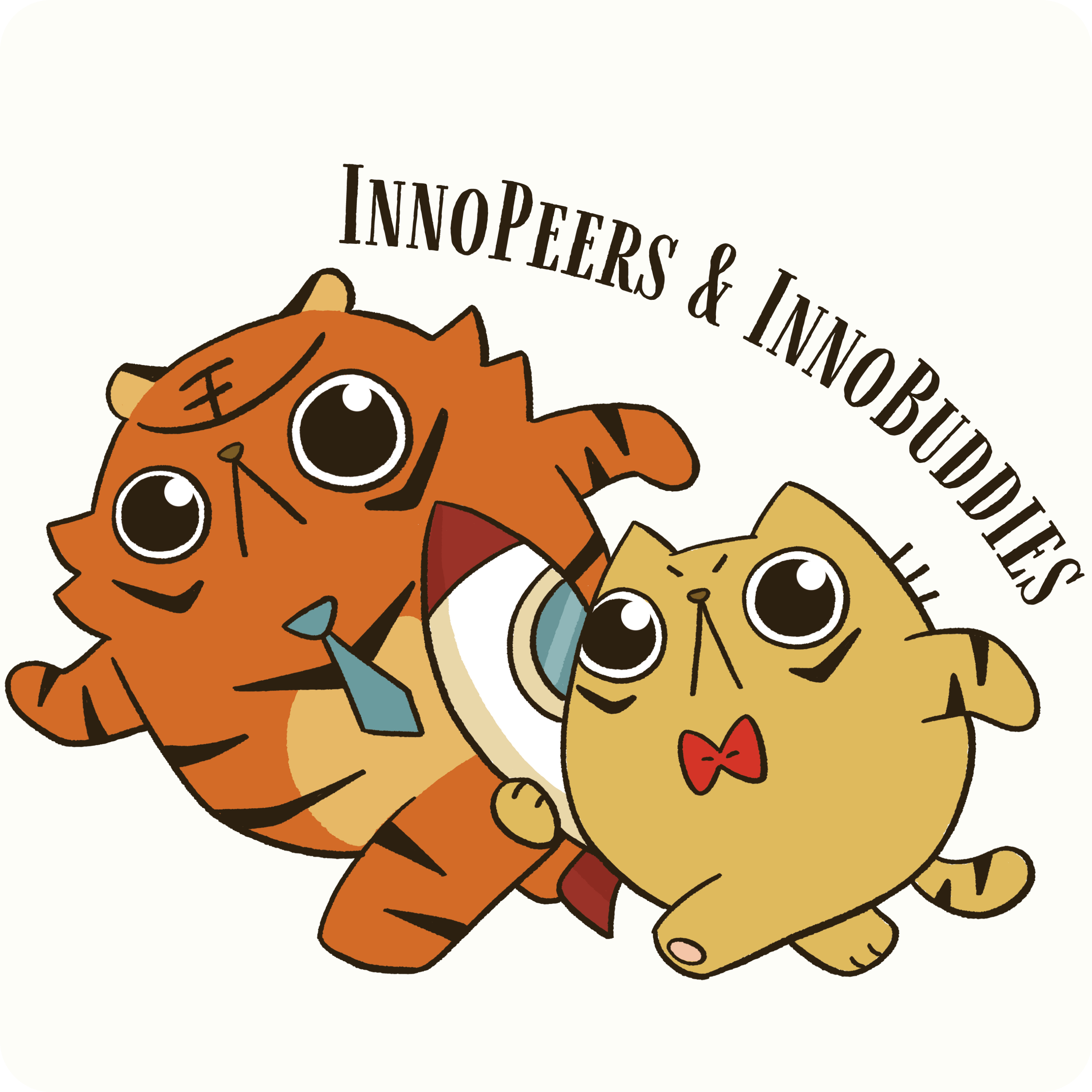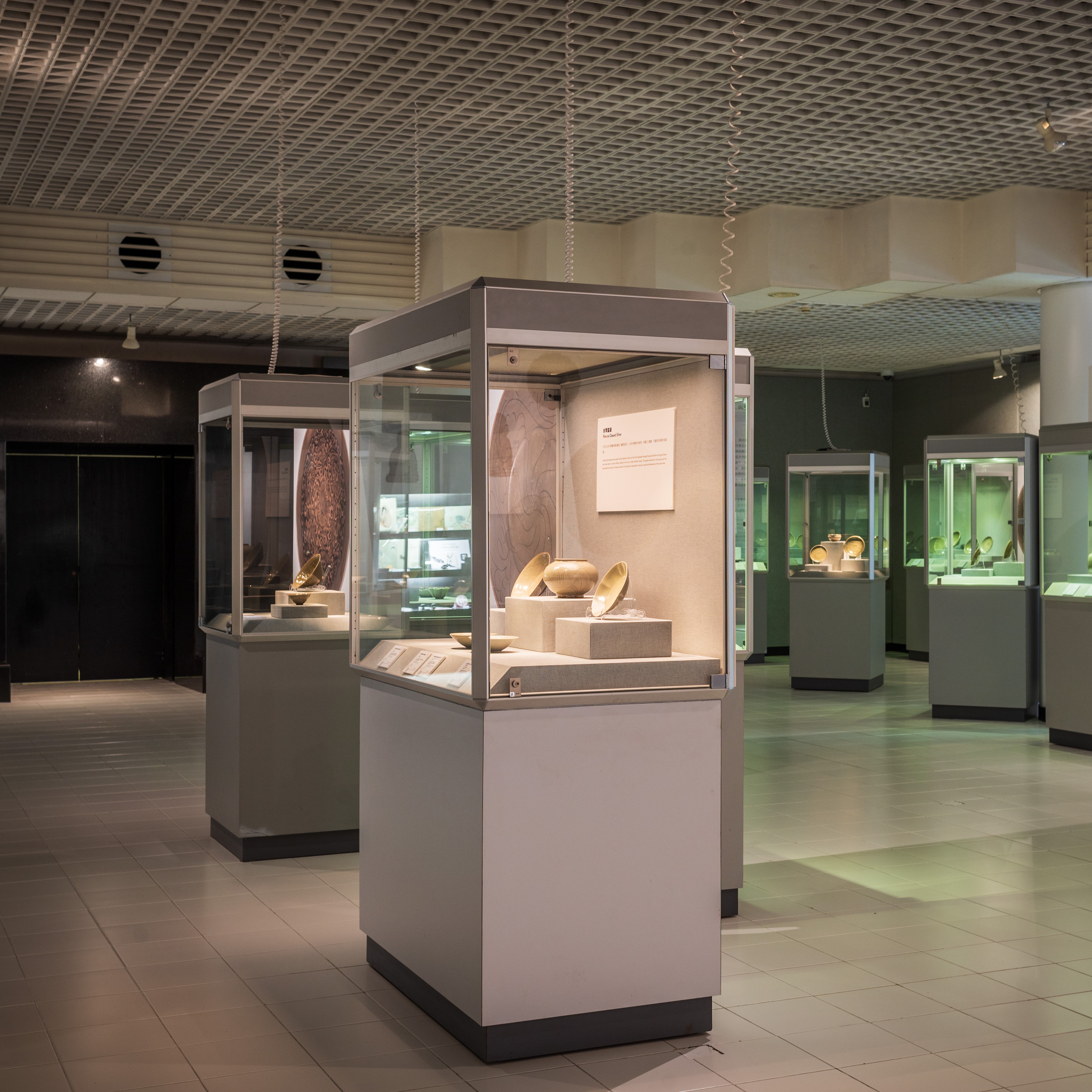Although cultural artifacts may appear cold, they are telling heart-warming stories all the time. On the day of the interview, Josh’s pin caught our attention. Unlike many other museums with specially designed logo, CUHK Art Museum directly uses a Han Dynasty seal from its collection as its logo. Wearing history, closely connected to the artifacts, isn’t this the romance of being a “Museumer”? Of course, apart from the visible romance, Josh also has some thoughts to share.
In a commercial society, people often pursue short-term milestones and quantifiable returns, overlooking long-term impacts. From maintaining the temperature and humidity of the artifacts to curating exhibitions and engaging in cross-regional collaborations, all require financial support from the business world, but it’s not easy to obtain. Josh needs to repeatedly prove to others that what he does is meaningful and worth doing. “Promoting art and cultural education requires effort and conviction. We need to recognize the importance of this matter itself.” The Museum has always been focusing on creating a cultural atmosphere for society as a whole, rather than seeking short-term effects. However, long-term goals cannot be achieved through a single exhibition or workshop. Therefore, the standards for evaluating the effectiveness of artifact curation should not be limited to visitor numbers or media coverage. Indeed, telling a good story and expanding the audience’s knowledge would suffice. Sometimes the best outcomes come unexpectedly, just like how no one could have predicted that a ceramics class in Josh’s high school years would plant a seed in his heart, sprout, and ultimately lead to Professor Yiu today.

Collaborating with different departments and launching programs such as “Art Museum Ambassador (AMA) Scheme,” Josh is delighted to see more and more young people in CUHK showing interest in artifact work and art curation. He hopes they will maintain an open-minded attitude and explore different possibilities. When there are goals, if there are no direct matching opportunities, it’s worth trying other possibilities. When Josh studied art history in the university, he never imagined that he would become a Museum Director one day. He followed his interests and did what he wanted to do. It was his open-mindedness that allowed him to firmly grasp opportunities when they arose. He started as the Foster Foundation Curator of Chinese Art at the Seattle Art Museum, and since then, artifact work has been part of his life.
Josh admits that working in a non-profit organization doesn’t bring in substantial income. Being a “Museumer” is driven by passion, not for the sake of making money, but for that unique sense of satisfaction. He hopes that everyone in the Museum will continue to hold onto the fire in their hearts and grow together with the Museum. Of course, the thriving development of the Museum also gives Josh full confidence. The soon-to-be-completed new wing will bring new vitality to the 52-year-old Museum, and the new wing, designed by renowned architect Rocco Yim (architect of Hong Kong Palace Museum), will become another landmark at CUHK. The LED screen on the new wing will showcase stories of the Museum. Whether it’s staff and students taking the campus bus or visitors passing by, they can once again appreciate the past and present of the Museum.
By combining ancient artifacts with technology, having conviction and warmth, “inspiring and cultivating people of all kinds,” perhaps this is the secret of how this Museum Director and the Museum stay refreshing all the time.
Text: HUANG Xiangkun Calvin




